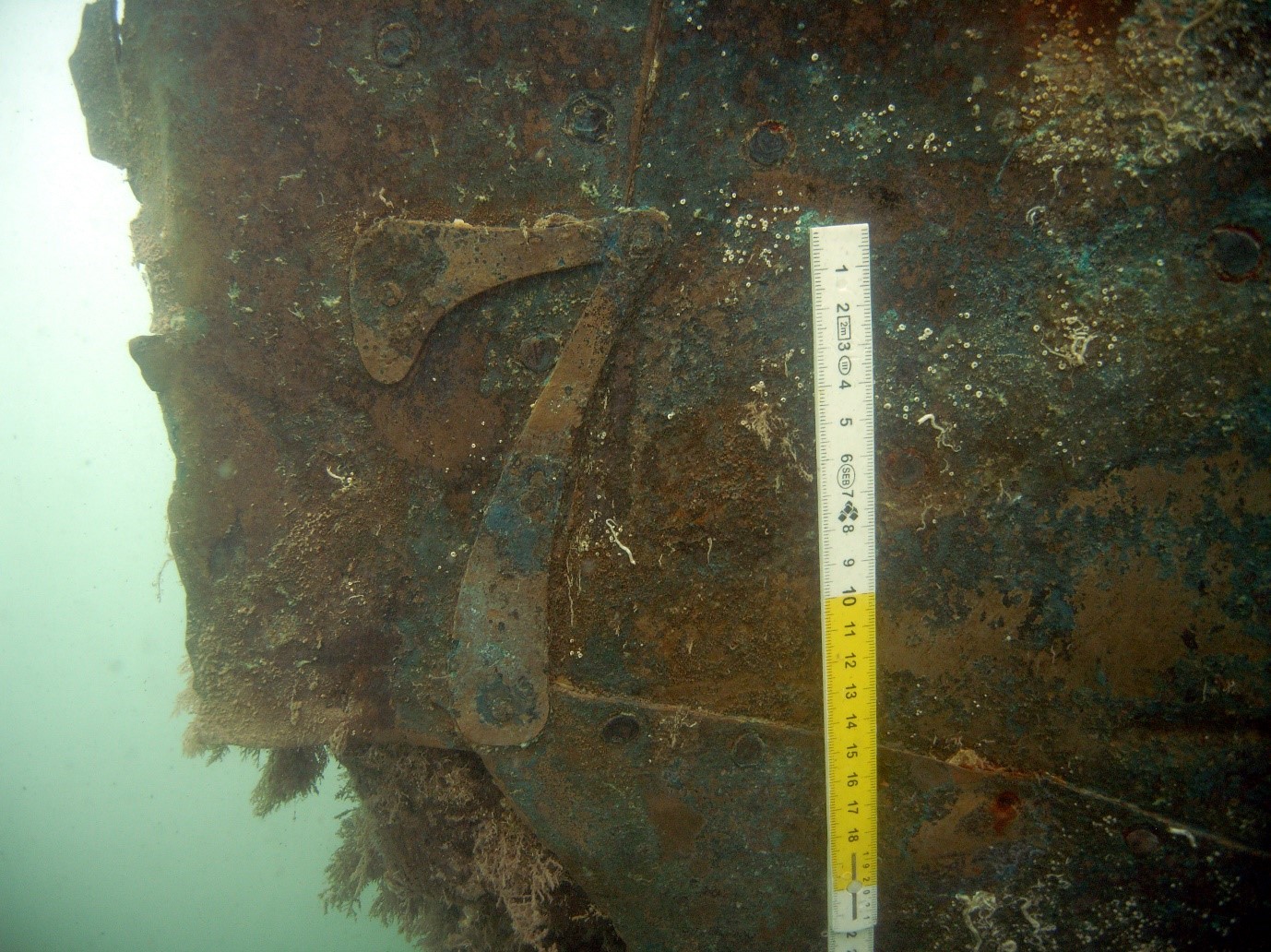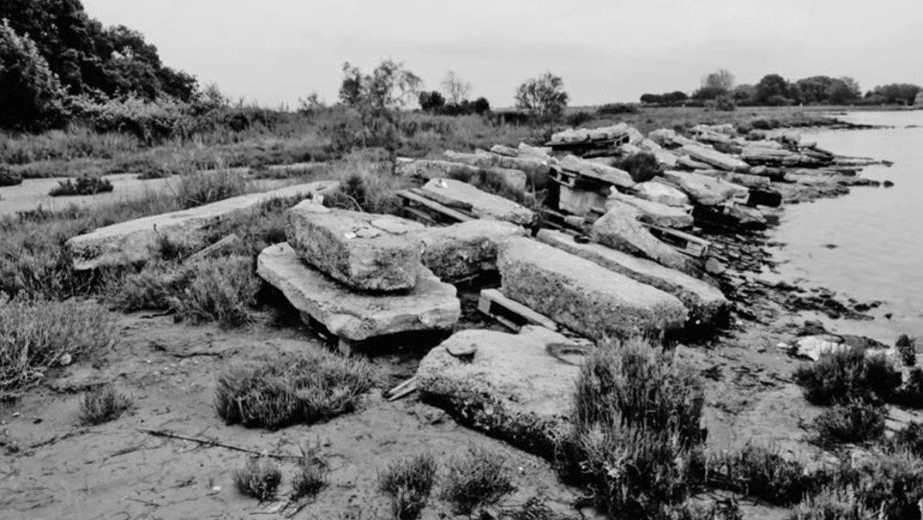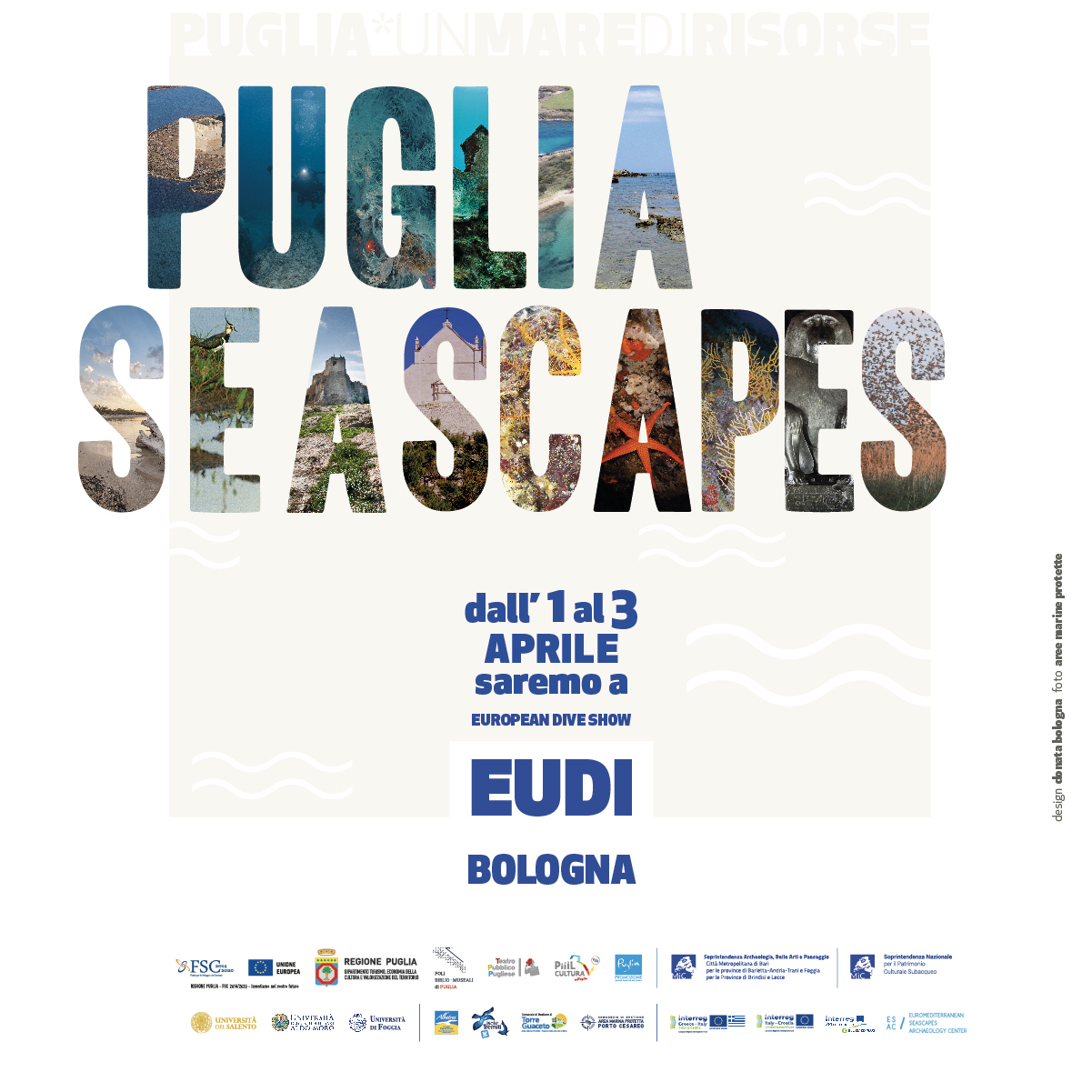The first activities of research on the underwater cultural heritage begun at the end of the ’70s with a team of the amateur diving club Sub San Marco of Venice that was very active in the exploration and documentation of archaeological sites both in the lagoon and in the sea of Venice and this intense activity has brought to the introduction of courses for the training of divers in documentation in underwater archaeology and the establishment, in the ‘90s, of the STAS office of the Ministry of Culture. The activity of the Soprintendenza begun more and more intense and was mainly carried out by the Magistrato alle Acque, through the Consorzio Venezia Nuova, during public works for the building of the MOSE, while the activity in the sea was reduced at some short investigations. The management of the underwater heritage was carried out by a special office of the Soprintendenza per i Beni Archeologici del Veneto, the NAUSICAA.
In the lagoon and the sea of Venice, we could divide the archaeological site into three categories:
- the shipwrecks that are still underwater, studied, protected and inaccessible: Croce Rossa, Ceppe, the hull of Bacan, S. Marco in Boccalama, sewn boats from Lido, Glass wreck.
- the shipwrecks that have been excavated and moved from the original position (buried close or totally recovered): Molo Sud, Rocchetta 1, the cargos of Bacan.
- the shipwrecks that will be studied during the UnderwaterMuse project: some in the lagoon and some in the sea near Venice. In these contexts, we will survey the archaeological site to check the conditions of the wrecks or structures and to prepare the site for the excavation and 3D documentation with photogrammetry and 3D modelling.
The site will be thoroughly analysed and studied to enhance the knowledge of the underwater cultural heritage in an important historical context as the Venice lagoon and landscape.




